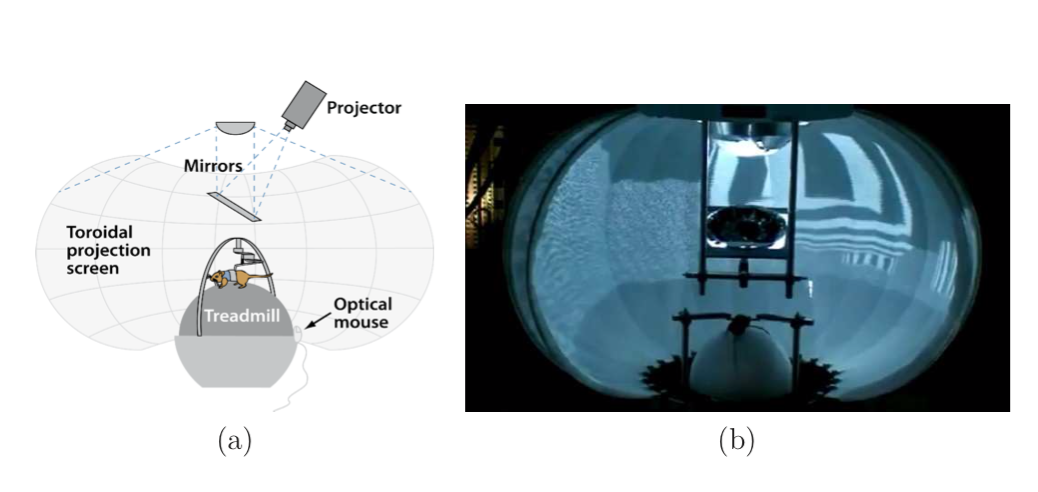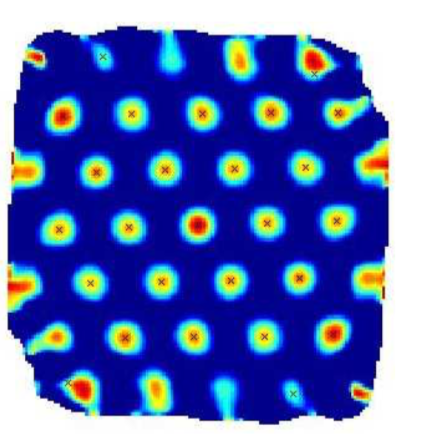










Virtual Reality
CS185c
Chris Pollett
Jan 28, 2019











CS185c
Chris Pollett
Jan 28, 2019


Definition. Virtual Reality is the induction of targeted behavior in an organism by using artificial sensory stimulation, while the organism has little or no awareness of the interference.
